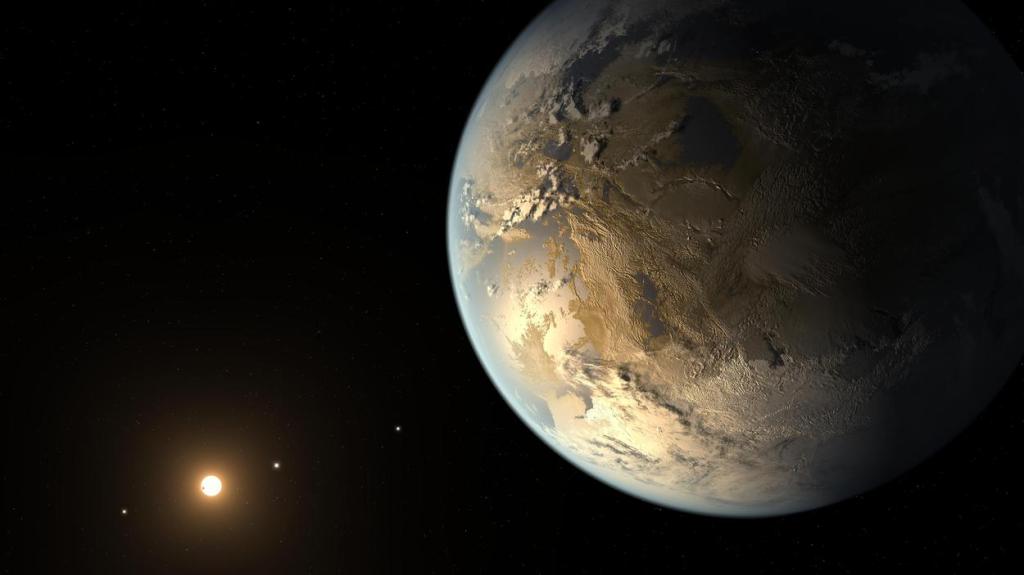Last December, NASA announced that two new exoplanets had been hiding in plain sight among data from the Kepler space telescope. These two new planets weren’t discovered by a human, however. Instead, an exoplanet hunting neural network—a type of machine learning algorithm loosely modeled after the human brain—had discovered the planets by finding subtle patterns in the Kepler data that would’ve been nearly impossible for a human to see.
On Thursday, Christopher Shallue, the lead Google engineer behind the exoplanet AI, announced in a blog post that the company was making the algorithm open source. In other words, anyone can download the code and help hunt for exoplanets in Kepler data.
Videos by VICE
The Kepler space telescope was launched in 2009 to search for exoplanets. The stars studied by Kepler are too far away to directly observe an orbiting exoplanet, so astronomers must infer the presence of an exoplanet based on changes in the observed brightness of a star. When an exoplanet passes in front of a star that star’s brightness temporarily dips during the transit and alerts astronomers to the presence of an exoplanet.
After four years of observing 150,000 stars, Kepler had produced a lot of data for astronomers to sift through—far more data than humans could effectively search through. To limit their search to only the most promising candidates, astronomers focused on the 30,000 strongest stellar signals received by Kepler and managed to discover 2,500 exoplanets in the process.
Yet that meant that there were approximately 120,000 weaker signals that went unanalyzed, any one of which might host an exoplanet. To search through this treasure trove of astronomical data, researchers at Google trained a neural network on 15,000 examples of exoplanet data that had been labeled by NASA researchers. This effectively taught the algorithm what signatures to look for in data that suggest the presence of an exoplanet.
After training the algorithm, the Google researchers used it to analyze around 700 of the weaker signals coming from stars that were already known to have other exoplanets. In the process, Shallue and his colleagues found two new exoplanets.
The code for the exoplanet hunting algorithm was released on Github, which also includes instructions for how to use it. Although the code (and Kepler data) is available to anyone, it’s not exactly “plug and play.” Experience with Google’s machine learning software TensorFlow and coding in Python will be a major boon to any aspiring exoplanet hunters.
According to Shallue, releasing the code was a way of giving the public a hands on look at how the neural net finds planets while also encouraging further analysis of the Kepler data. Beyond this, Shallue said he hopes the neural net will pave the way for still more sophisticated exoplanet hunting tools in the future.
“We hope this release will prove a useful starting point for developing similar models for other NASA missions, like K2 (Kepler’s second mission) and the upcoming Transiting Exoplanet Survey Satellite mission,” Shallue said.
This article originally appeared on Motherboard.
More
From VICE
-

Christoph Wagner/Getty Images -

Illustration by Reesa. -

-

Malte Mueller/Getty Images
